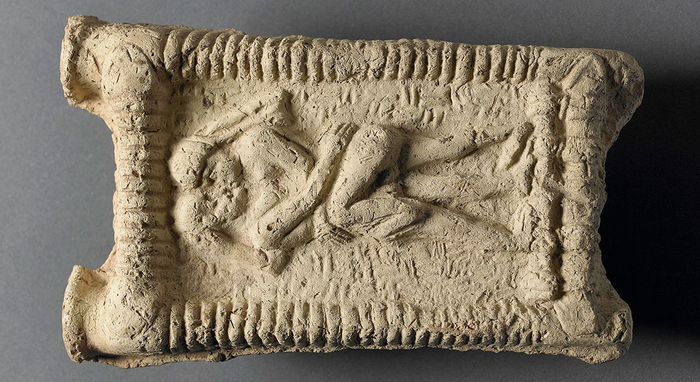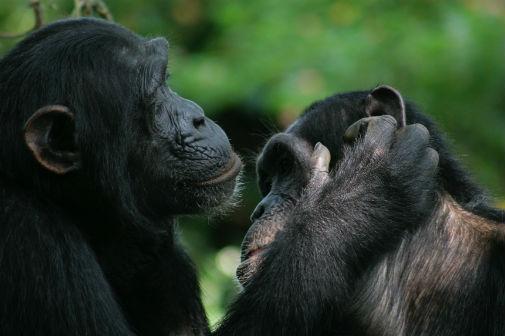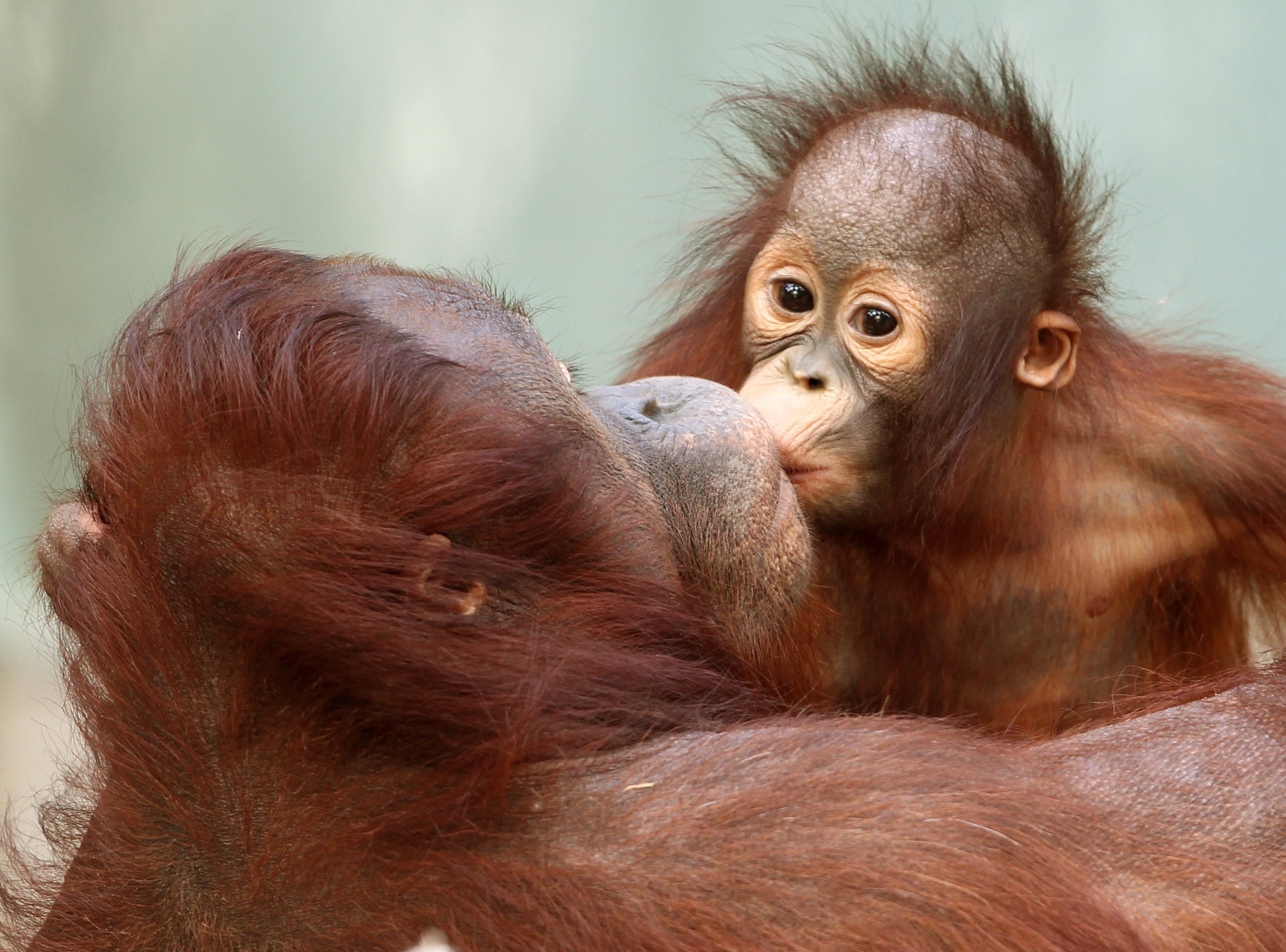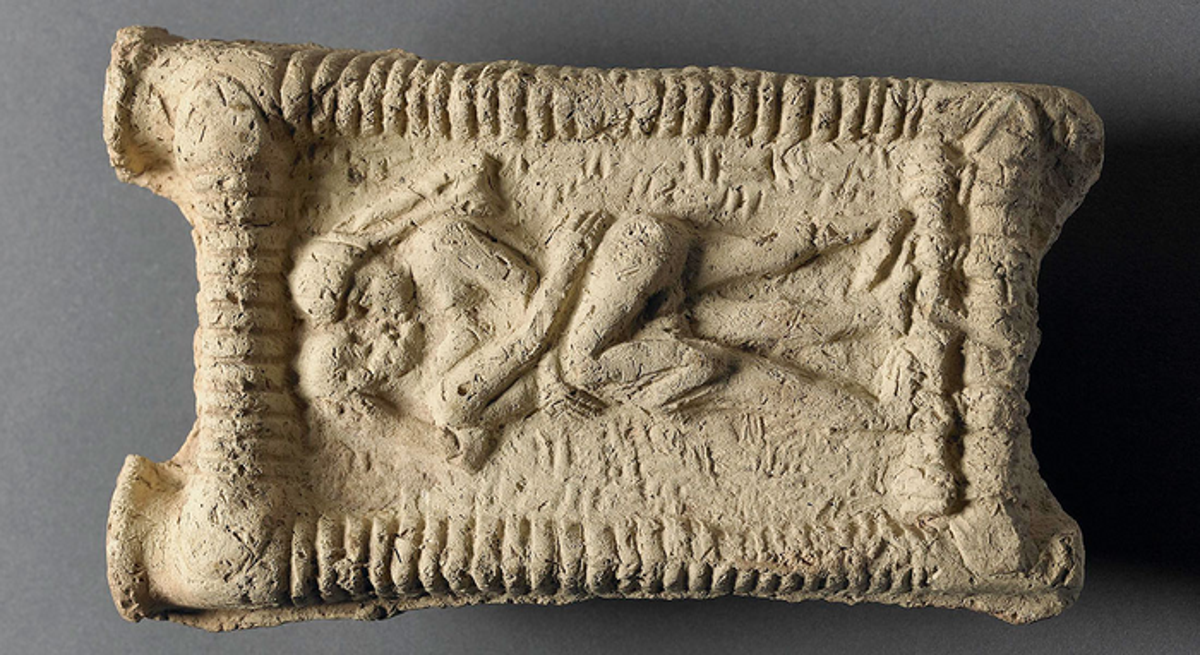Kissing in humans evolved as a symbolic expression of love from grooming behaviours seen in ancestral great apes, a comprehensive new study says.
The kiss has been a versatile way by which humans across civilisations and societies have shown affection, intimacy, or social bonding, most often in a way that is regulated by cultural conventions.
A study published last year points to Mesopotamia around 4,500 years ago as one of the earliest known places where kissing was a “well-established practice”.
Thousands of clay tablets recovered from early human cultures that lived between the Euphrates and Tigris rivers in modern-day Iraq and Syria reveal that kissing was considered a part of romantic intimacy during these times.
However, how exactly our species began communicating affection this way remains a topic of debate.

One theory suggests kissing evolved from nurturing care behaviors like premastication in which caregivers feed infants with pre-chewed food.
Another relates the act to have evolved as a kind of compatibility test in which potential mates tasted and sampled each other orally to determine health.
In the new study, published in the journal Evolutionary Anthropology, scientists conducted a comprehensive review of such existing hypotheses to explore the roots of this intimate behaviour in humans.
The analysis also looked at parallels in the animal world of behaviour similar in form and function to human kissing.

Researchers noticed that the final act of grooming in our hairy ape ancestors involves protruding lips and slight suction to remove debris or parasites.
While humans evolved to have less body hair, this final act that scientists call the “groomer’s final kiss” may have remained without its hygienic relevance as a “vestigial action”, scientists say.
This act involving protruding lips and suction mirrors the context and function of modern human kissing, they say.

“Great ape social behaviour suggests that kissing is likely the conserved final mouth-contact stage of a grooming bout when the groomer sucks with protruded lips the fur or skin of the groomed to latch on debris or a parasite,” researchers write.
“What was once a time- and labour-intensive ritual to cement and strengthen close social ties became gradually compressed until a groomer’s final kiss turned into a crystalised symbol of trust and affiliation,” they say.
With this theory, scientists speculate kissing was established among human ape ancestors as they started spending considerable time on the ground away from trees.
This could have come “only after” ancient climate change shifted ecology from forested habitats toward drier and more open landscapes, researchers say.

